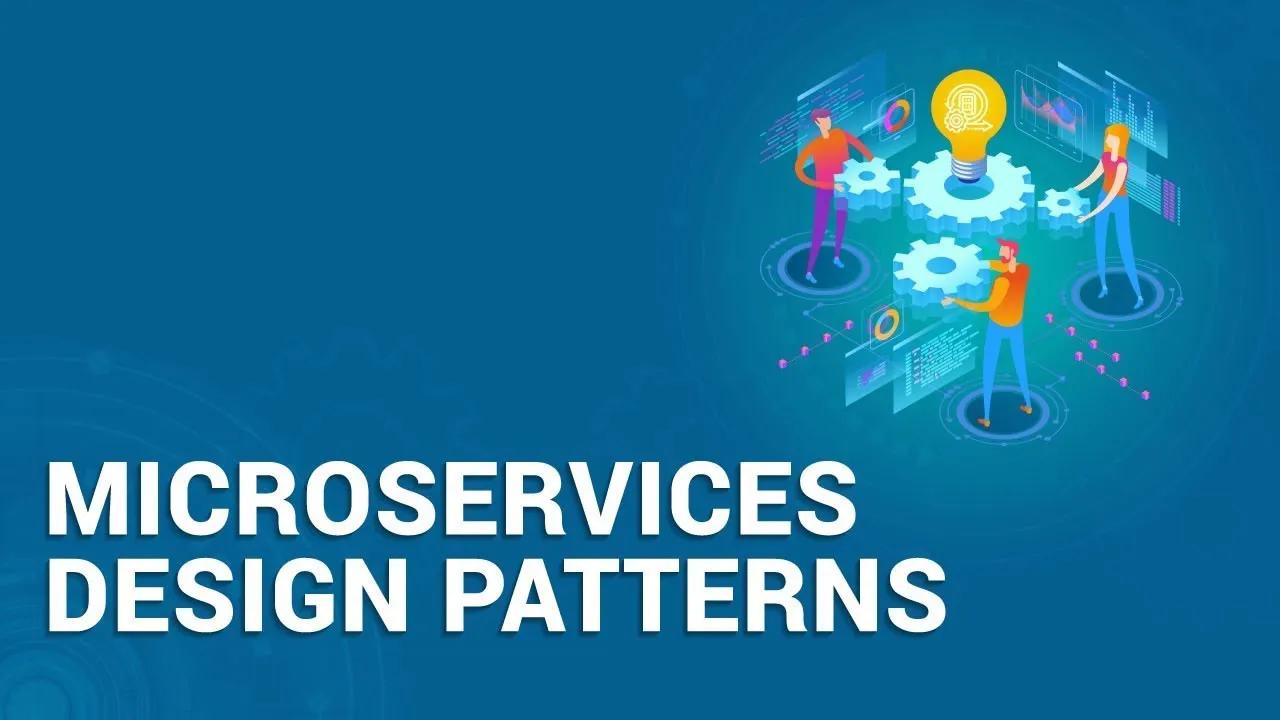Microservices Design Patterns: A Guide to Best Practices
This tutorial on Microservices Design Patterns talks about the top design patterns you can use to build applications.
Learn about the best practices for designing and developing microservices, including API Gateway, Circuit Breaker, Saga, Bulkhead, and CQRS.
In this video, you will learn the following:
00:00:00 Introduction
00:01:29 Why do we need Design Patterns?
00:03:41 What are Design Patterns?
00:04:28 What are Microservices?
00:06:00 Principles behind Microservices
00:10:24 Microservices Design Patterns
Here are some of the most popular microservices design patterns:
- API Gateway: The API gateway is a single point of entry for all requests to the microservices. This can help to improve security and performance.
- Circuit Breaker: The circuit breaker is a pattern that can be used to prevent cascading failures. If one microservice fails, the circuit breaker can prevent other microservices from failing.
- Saga: The saga is a pattern that can be used to coordinate transactions across multiple microservices.
- Bulkhead: The bulkhead is a pattern that can be used to isolate microservices from each other. This can help to prevent a failure in one microservice from affecting other microservices.
- CQRS: CQRS is a pattern that can be used to separate the read and write operations of a microservice. This can help to improve performance and scalability.
- Service Registry: The service registry is a central repository that stores information about all the microservices in an application. This can help to make it easier to find and communicate with microservices.
- Health Check: The health check is a pattern that can be used to monitor the health of microservices. This can help to identify and fix problems before they cause outages.
- Configuration Management: The configuration management pattern can be used to manage the configuration of microservices. This can help to ensure that all microservices are using the same configuration.
- Logging and Monitoring: The logging and monitoring pattern can be used to log and monitor the activities of microservices. This can help to troubleshoot problems and identify performance bottlenecks.
These are just a few of the many microservices design patterns that are available. The best pattern for a particular application will depend on the specific requirements of the application.
When choosing a microservices design pattern, it is important to consider the following factors:
- The size and complexity of the application
- The number of microservices in the application
- The communication patterns between microservices
- The availability and scalability requirements of the application
- The security requirements of the application
By carefully considering these factors, you can choose the microservices design patterns that are right for your application.
#microservices
